The history of the chandelier is a captivating journey through time, cultures, and artistic evolution, reflecting the ever-changing tastes and technological advancements of humanity. While the term “chandelier” is of French origin, its roots can be traced back to ancient civilisations where rudimentary hanging vessels with oil lamps or candles served as precursors to these ornate lighting fixtures.
In ancient Egypt and Greece, intricate bronze and clay pendant lamps adorned grandiose temples and palaces. The Romans further refined this concept, incorporating the use of glass for increased illumination. However, it was during the medieval period that chandeliers began to transcend mere functionality, evolving into symbols of wealth and status. These early chandeliers, often constructed from wood or wrought iron, featured a simplistic design with spikes to hold candles.
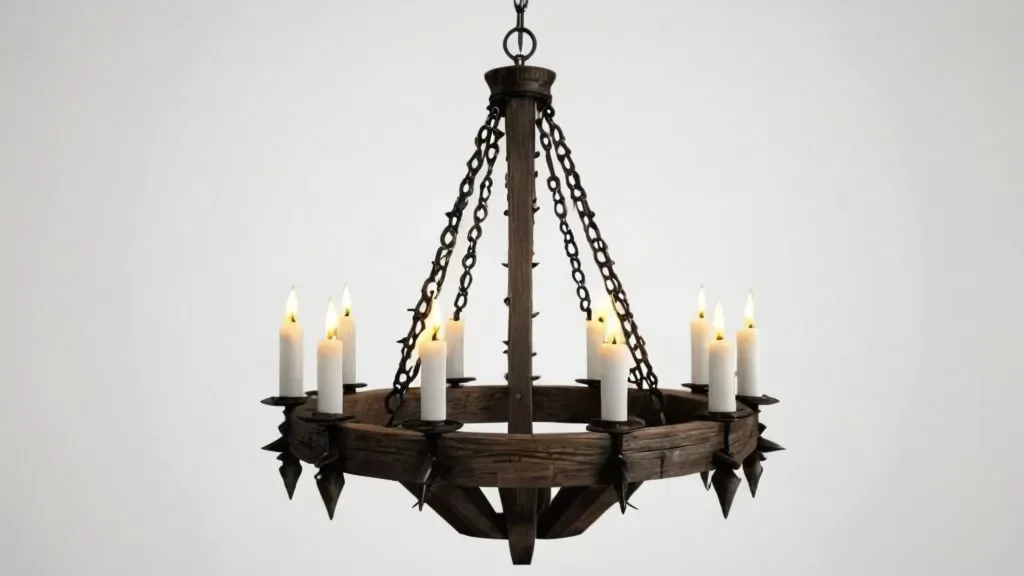
As the Renaissance dawned, chandeliers underwent a Renaissance of their own. Craftsmen introduced elaborate metalwork and intricate designs, incorporating materials like crystal and glass. The Baroque and Rococo periods witnessed an explosion of opulence, with chandeliers becoming more flamboyant, adorned with crystals, glass arms, and often mirrored elements to multiply the light.
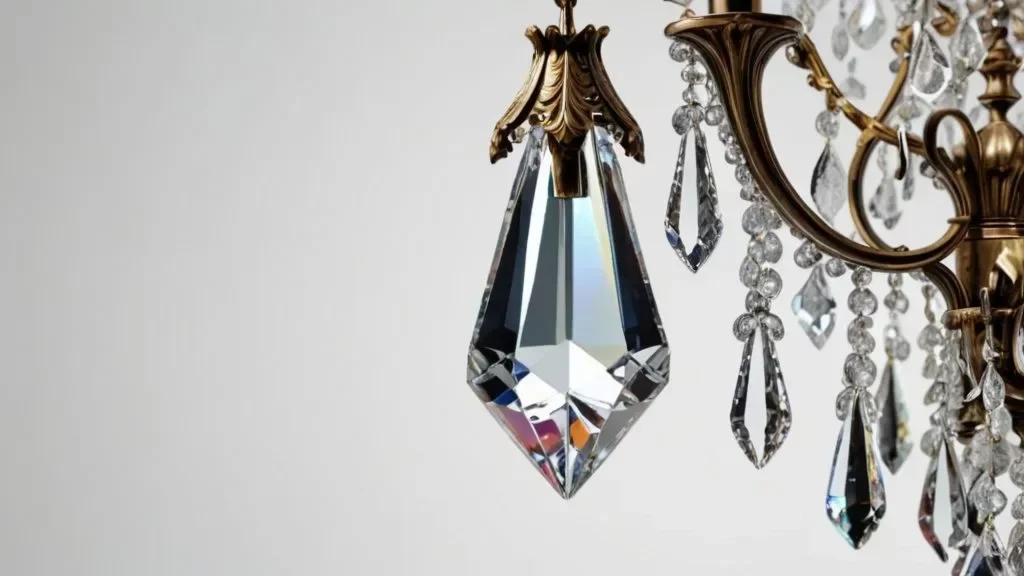
The 18th century marked a significant shift as advancements in glassmaking allowed for the creation of crystal prisms, transforming chandeliers into dazzling, light-reflecting sculptures. The grandeur of chandeliers reached its zenith during the reign of Louis XIV in France, where they became symbols of luxury and sophistication, adorning the grand halls of Versailles.
The 19th century witnessed a technological leap with the introduction of gas lighting, revolutionising chandeliers. This innovation allowed for more intricate designs and a brighter, more consistent illumination. As electricity became prevalent in the late 19th century, chandeliers transitioned to electric lighting, marking the beginning of a new era.
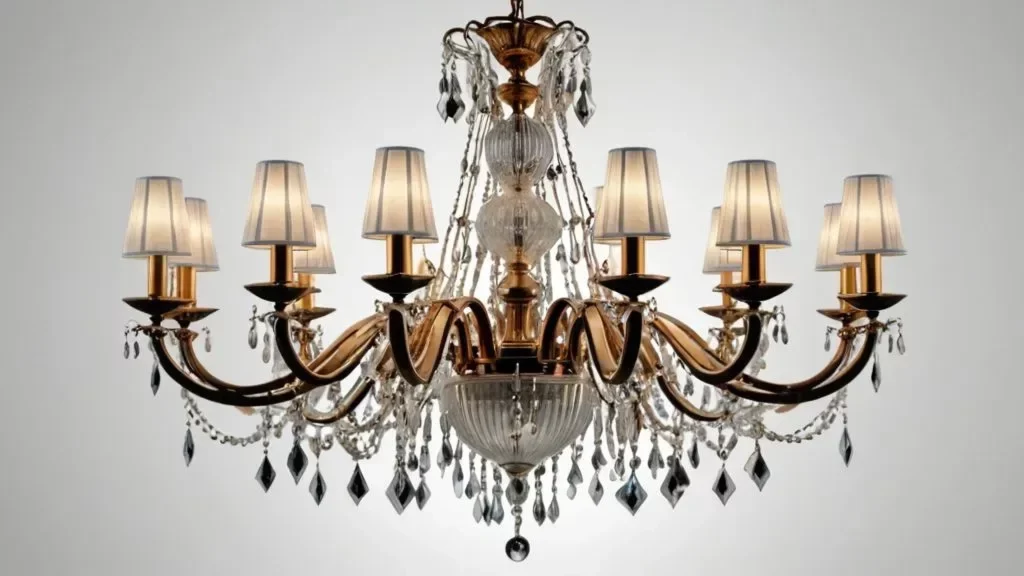
Throughout the 20th century, chandelier designs continued to evolve. Art Deco and mid-century modern movements brought forth sleek and geometric designs, departing from the ornate styles of previous eras. Contemporary chandeliers embrace a diversity of materials, including metals, glass, and even unconventional elements like recycled materials.
In the present day, chandeliers remain a symbol of sophistication and style. From classic crystal-laden fixtures to avant-garde and minimalist designs, chandeliers continue to illuminate spaces with both elegance and innovation. The history of chandeliers, spanning cultures and centuries, is a testament to their enduring appeal and their ability to illuminate not only physical spaces but also the artistic and cultural evolution of human society.
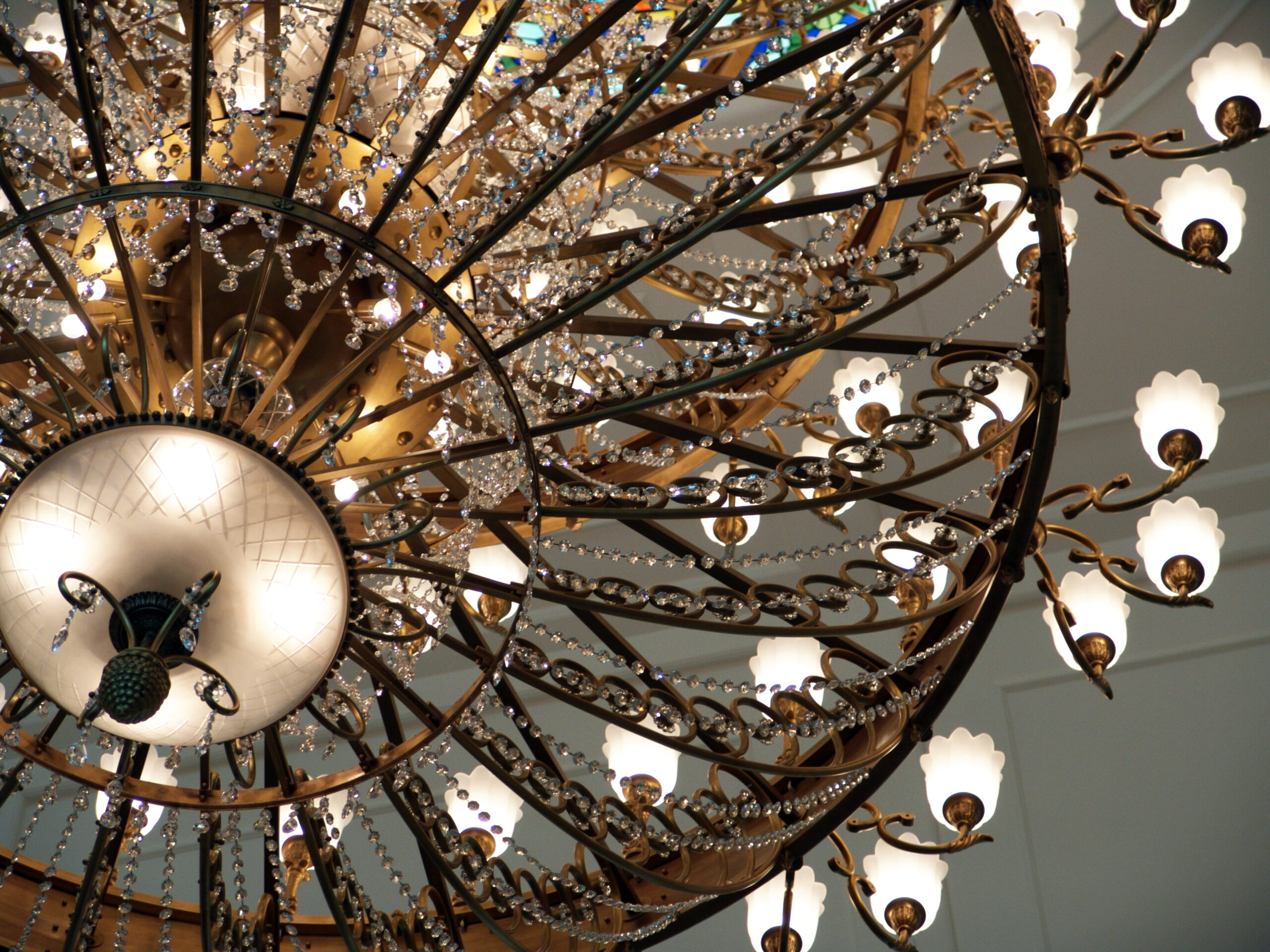


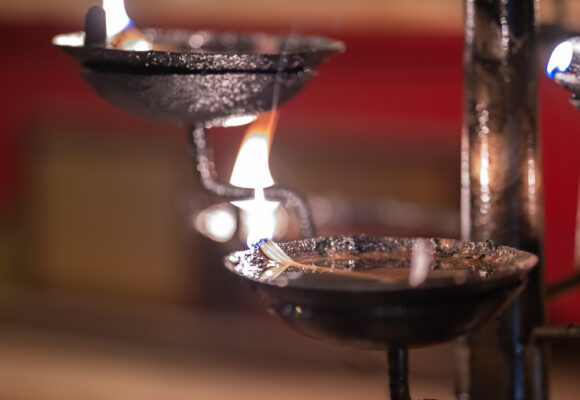
 No products in the basket.
No products in the basket. 
